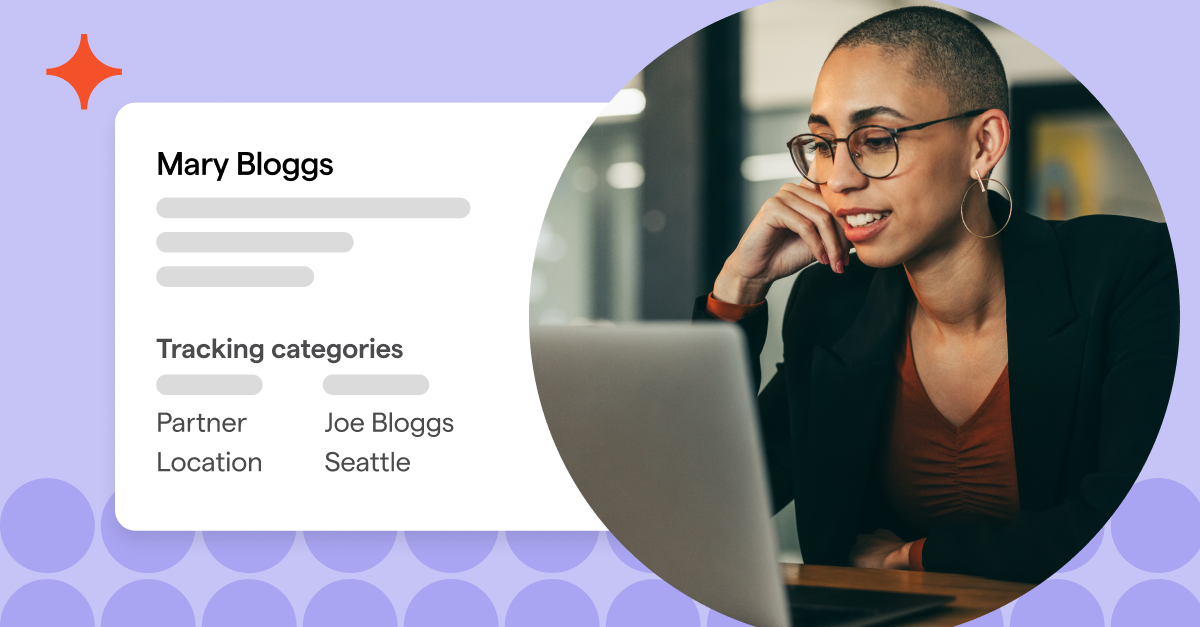5 Client management best practices to improve your client retention

As a service-based business, you’ve likely invested quite a bit of time, money, and effort in acquiring new clients. That’s why it’s totally within your best interest to ensure that you’re able to retain them for as long as possible.
High client retention gives you more predictability in your business, enabling you to plan and operate with certainty. Retaining more clients is also better for your bottom line because you’re able to have a consistent flow of revenue.
But how do you improve client retention? There are plenty of tactics to keep clients on board, but few are as effective as having a solid client management strategy.
Knowing how to manage clients puts you in a position to serve them better, which ultimately encourages them to continue doing business with you.
In this article, we’ll reveal some expert-backed tips to help you improve your client management practices. You will learn how to:
Understand your client's journey and experiences.
Document your processes.
Use an integrated client management system.
Communicate and have a client success strategy.
Pay attention to milestones, dates, and client engagement data.
Keep reading to find out how you can apply these in your business.
1. Map the customer journey
Every business is different, which is why it’s essential to first understand the specific journeys and experiences that your clients go through. Joshua Lance, Head of Accounting at Ignition, recommends implementing a customer journey mapping exercise that outlines the different touchpoints that clients have with your firm and their corresponding experiences.
When it comes to client management, “the first thing is to understand their experience in working with your firm,” says Joshua. This will help you identify your strengths and weaknesses, and how you can improve.

Joshua suggests mapping out the client journey by looking at the following areas:
- When the client first hears about you.
- When they go through the sales and onboarding process.
- When they become a client.
When the client first hears about you
Ask yourself – or better yet, ask your clients how they found you. What methods or channels led them to your business? How did they find the experience of learning more about your firm?
Getting familiar with the early phases of your client's journey will help you optimize your marketing and communications so you can better communicate your value and set expectations.
When they go through the sales and onboarding process
Joshua also recommends asking clients about their sales experience with your company. “Talk to some of your clients and say, ‘Hey, when we did a sales call, how was that experience? What did that feel like? What was positive? What were negatives from that?’”
He also advises businesses to look into the client onboarding process. “What does that look like? Is it really clear to them what their next step is once they sign that engagement letter and proposal? What happens afterwards?”
Use the insights you gather at this stage to refine your client procedures when necessary.
When they become a client
Finally, pay attention to the client once they’re on board. Regularly check in to see if you’re meeting their expectations.
According to Joshua, “When you serve clients, make a point to check in and ask if your service is meeting their standards. Don’t just talk about the numbers all the time. Say things like, ‘Are there things I can do better to serve you?’ or ‘Is there anywhere I'm lacking?’”
Being proactive when seeking client input and acting on feedback will allow you to refine your client management processes and serve people better.
Let’s say you own an accounting practice and discover that some of your clients prefer automated billing rather than manual invoices. Based on that feedback, you can optimize your billing procedures to start collecting recurring payments automatically.
2. Standardize your operating procedures
Speaking of procedures, see to it that yours are well-documented. Jennie Moore, also Head of Accounting at Ignition, states the importance of identifying key tasks and deadlines, and then documenting them for your entire team.

“It's really important to capture as much information as possible into your system,” says Jennie. “How do you carry out a particular task? What is the login? What's the actual detailed job instruction on how to do it?”
These are just some of the questions you need to ask when documenting various to-dos.
Taking this step will make client management easier. When your processes are documented and repeatable, you can be more efficient in your client interactions. For instance, if you have a client onboarding process, you can quickly retrieve a template containing the steps and questions the client needs to answer, rather than starting from scratch every time. This gets clients set up quickly, which improves their experience.
In addition, standard operating procedures (SOPs) pave the way for the proper transfer of knowledge between your team members.
“As it is in the world, we have employees that come and go. If you don't document your procedures, that knowledge can leave out the door when an employee takes the next opportunity,” she adds.
That’s why, if you haven’t done so yet, take note of all the tasks that are carried out in your firm and ensure that they’re in a document format. Ideally, any instructions and SOPs are stored in a cloud-based solution that can be accessed from anywhere.
3. Automate manual tasks

Take Ignition, which can streamline the onboarding process for both service providers and their clients.
“Ignition can automate some of those onboarding steps,” explains Joshua. “Once the client signs up, they get an email for intake as well as a calendar invite. Things start to progress, and so clients don’t have to wonder, ‘What do I do now?’”
That being said, simply adopting digital tools isn’t enough. You should also integrate your systems and ensure that your apps can ‘talk’ to each other.
The good news is that apps such as Ignition can connect to various other solutions to make your life easier.
“My top recommendations for things that integrate into Ignition would be Xero Practice Manager, Karbon, and Intuit Practice Management,” says Jennie. “These are things that sync really nicely with the proposal to deploy the tasks that manage scope. Because we don't want to do more work than what we've quoted on.”
Joshua echoes the importance of integrations and adds that Ignition can also connect with other apps through Zapier.
4. Communicate with your client regularly
Communication is a fundamental pillar of client management. You need to regularly touch base with your clients to send feedback, gather updates, and address their concerns. The key, says Joshua, is to make clients feel seen.

“You need to delight your clients with your processes and ensure that they feel seen and taken care of, instead of being just a number in your firm.”
You can go a step further by establishing a customer or client success strategy, he adds.
“I think firms need to have a good customer success process in place that promotes getting regular feedback from clients, doing net promoter score surveys, and getting feedback from employees about clients.”
He says implementing these things will allow you to find areas of improvement.
“And that ultimately helps customer retention, because we're not waiting until the customers get fully fed up,” Joshua adds.
5. Track important dates and deadlines
Every client engagement comes with deadlines that you need to pay attention to. From deliverable milestones to contract renewal dates, it’s essential to have ample data visibility, so you can take the necessary action.
Suppose you have a few client contracts that are ending in the next two months or so. It’s imperative to know those dates so you can proactively reach out to the client and explore renewal options.

Tracking dates and deadlines is doubly important if you’re an accounting professional, says Jennie.
“Client management is really important because, in the scope of accounting professionals, our work is repetitive. Not only is it repetitive, but it's of a compliance nature. We're working with variable deadlines that have real repercussions if we don't file on time.”
Needless to say, keeping track of these due dates is critical so always take note of those deadlines and have a system that notifies you and your team when it’s time to take action.
Over to you
Client management comes with several moving parts, which is why you need to be organized and systematic with your process. It’s also important to have a tool that allows you to stay on top of client management tasks with ease.
Ignition makes managing and delighting clients a breeze, with features that streamline client proposals, engagement, and billing – all in one platform. See for yourself by watching an online demo.


